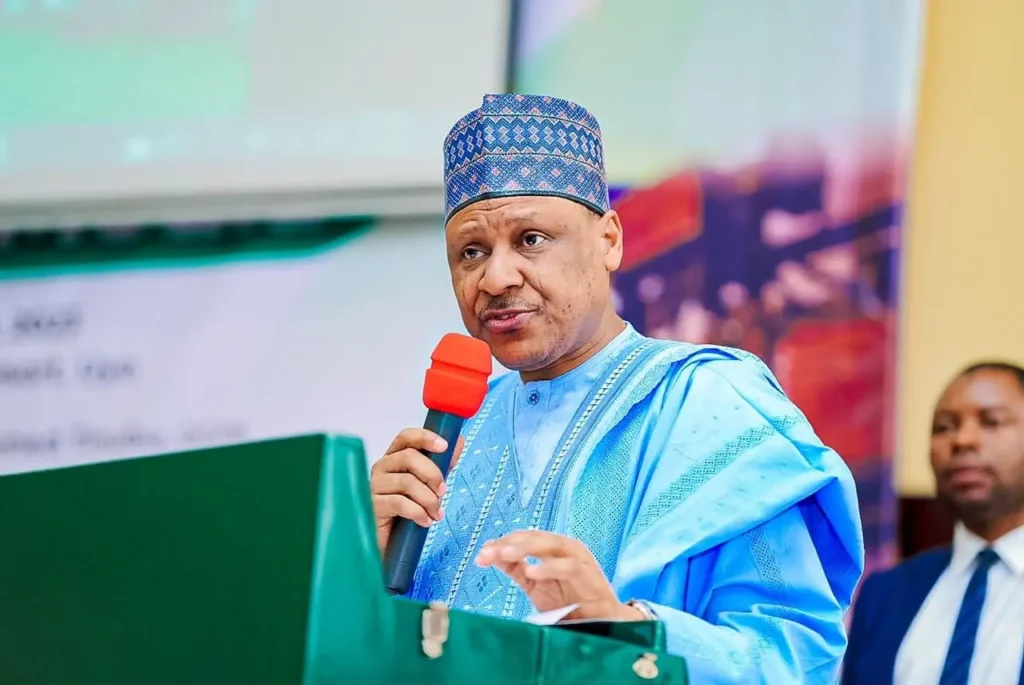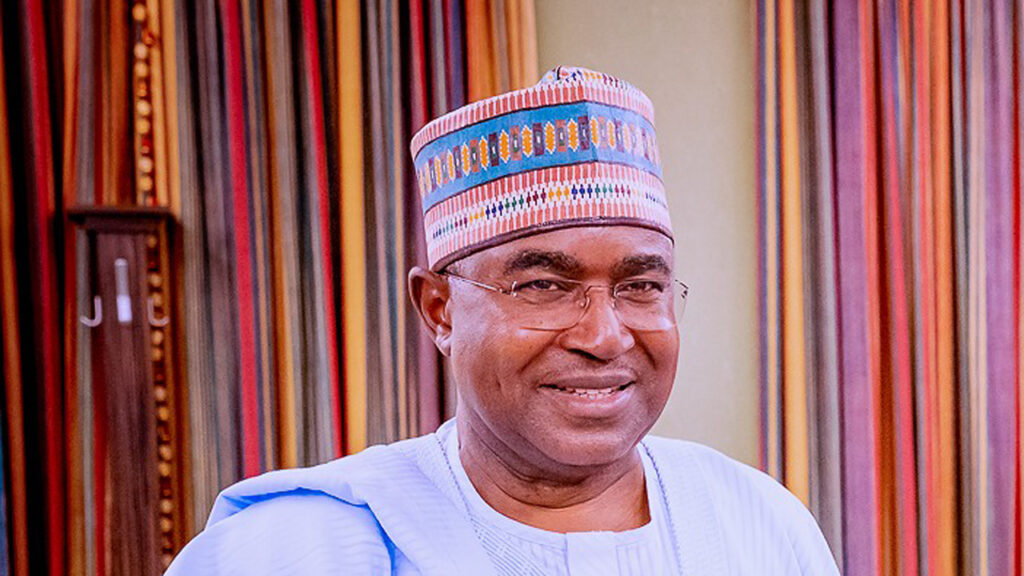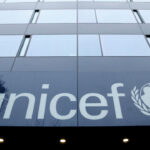
The renewed attacks on schools and terrorists freely kidnapping pupils have raised questions on the gains of the Safe School Initiative of the Federal Government, and the millions of dollars it got in 2014, IYABO LAWAL reports.
On March 8, gunmen abducted about 280 children from the Local Education Authority Primary and Junior Secondary School, Kuriga, in Chikun Local Government Area of Kaduna State, in a renewed attack on schools by bandits, raising questions about the Safe School Initiative (SSI) of the Federal Government launched on May 7, 2014, to protect schools.
The announcement of the initiative at the World Economic Forum in Abuja came on the heels of the April 14, 2014, kidnapping of more than 200 girls from a boarding school in Borno State. The initiative was designed to ensure all schools in Nigeria are safe from attacks in the future.
It was expected to reach over 500 schools in the northern region through a $10 million fund pledged by a coalition of Nigerian business leaders, working with the United Nations special envoy for global education, Gordon Brown, the global business coalition for education and a world at school.
The following day, the government committed an additional $10 million. During the following weeks, commitments were made by the United Kingdom, Norway, Germany, and the African Development Bank to support the initiative.
The initiative focused on lighting, communications devices, emergency plans, and the promotion of safe zones for education, consisting of teachers, parents, police, community leaders, and young people themselves.
In addition, for students at the highest risk, alternative schooling arrangements were developed. One of the first projects was to allow 2,400 of the most at-risk students hit hardest by Boko Haram’s terrorist activities to enrol in federal schools. The scheme was voluntary and was with parental consent.
At the launch of the initiative, Brown said: “The first step in response to this crisis has been to show our support. The next phase is now to take practical measures to make schools safer. We cannot stand by and see schools shut down, girls cut off from their education and parents in fear for their daughters’ lives.”
According to its template, the SSI was to start by building community security groups to promote safe zones for education, consisting of teachers, parents, police, community leaders, and young people themselves.
In the longer term, the programme would focus on bolstering the safety of schools – providing school guards and police in partnership with Nigerian authorities, training staff as school safety officers, and providing counsellors to schools at risk of attack.
“We urgently need to avoid the nightmare that could easily become a reality – millions of children who could spend their whole school-age years without ever entering a classroom,” said Brown.
The initiative was initially implemented in Adamawa, Borno, and Yobe States. To make the programme work, it was reported that a national Safe Schools Fund to accommodate capitalisation from the Federal Government, private sector, and grants from donors, had been established.
As planned, this national fund was to be complemented by the establishment of the Nigeria Safe Schools Initiative multi-donor trust fund (Nigeria SSI MDTF) and also for donors for matching co-financing and implementation of activities pertaining to the initiative.
As the initiative grows, business leaders are expected to seek matching investments from the government and the global business coalition for education, solicit more corporate partners to support the expansion of safe schools in Nigeria, and protect the right of children to go to school and learn.
According to reports, as of 2020, at least $30 million had been raised for the SSI. In March of that year, the government reported that over 2,000 students, mostly from states in the northeast ravaged by the Boko Haram insurgency, were benefitting from the SSI, supervised by the presidential committee on north-east initiative (PCNI) across 43 schools in the region,
As of today, it is not clear how much has been raised and how much has been done to keep schools safe. However, the National Coordinator of the scheme, Halima Illiya, said as a result of repeated attacks on schools, the government has designed a three-year national plan on financing the initiative from 2023 to 2026 estimated at N144.8 billion.
The plan proposed to spend N32.58 billion in 2023, N36.98 billion in 2024, N37.15 billion in 2025 and N38.03 billion in 2026. Illiya explained that the initiative, expected to get underway in 18 states considered very high-risk, would initially cover 48 schools from each of the states.
She disclosed that the objective is to cover 50 per cent of the majority of public schools that are vulnerable to attacks. More so, she added that to finance the implementation of the plan, the immediate past minister of finance, Zainab Ahmed, had approved the establishment of financing safe schools’ unit, while a technical committee, comprising representatives from the Department of States Services, Nigerian governors’ forum, police, men of the security and civil defence corps, as well as defence headquarters, was also established.
She added that funds for the programme would come from not just the national, state, and local governments, but also global organisations, foreign governments, corporations, and philanthropists, among others.
Illiyah disclosed that about 350 personnel had been trained by the civil defence organisation, and have been dispatched to some of the schools, adding that efforts are ongoing to train police officers who would complement NSCDC officials in the task of securing schools.
According to the United Nations Children’s Fund (UNICEF), the number of schools forced to close due to rising insecurity in conflict-affected areas of West and Central Africa tripled between the end of 2017 and 2021. As of June 2021, 9,272 schools were closed in the region, affecting more than 1.91 million children and nearly 44,000 teachers.
In September 2020, the United Nations called on state governments in Nigeria to fast-track the domestication of policies on safe schools in line with the Safe School Declaration, which the country endorsed.
Former President Muhammadu Buhari had earlier ratified the Safe Schools Declaration (SSD), an inter-governmental political commitment that provides countries with the opportunity to express support for protecting students, teachers, schools, and universities from attack during conflicts.
Timeline of abductions
In the last decade, bandits and terrorist groups have disrupted the Nigerian education system, kidnapping over 1,600 students. Findings showed that about 15 attacks have been carried out in 10 states, located around the northern region of Nigeria.
2014: On February 25, 2014, 59 boys were killed at the Federal Government College of Buni Yadi in Yobe State. Twenty-four buildings on the school’s premises were razed. Boko Haram said they were responsible for the attack.
On the night of April 14, 2014, 276 female students were kidnapped from Government Girls Secondary School in the town of Chibok in Borno State. Boko Haram claimed responsibility.
2016: On February 29, 2016, Babington Macaulay Junior Seminary, a school on the outskirts of Lagos was thrown into pandemonium when some schoolchildren were abducted. It was around 8.00 p.m. when pupils of the school were studying for their upcoming examinations that a gang of 12 armed men struck and kidnapped three schoolgirls. A few months later, precisely October 6, 2016, at 7:30 am, some armed men stormed Igbonla Model College in Epe and kidnapped the school’s vice principal, a teacher, and four pupils, during the school’s general assembly morning devotion.
On January 13, 2017, pupils of the Nigerian Tulip International College (formerly Nigerian Turkish International College), Isheri, Ogun State, was the next school to be attacked by armed kidnappers. Through its waters, the gang of kidnappers dug a hole through the school’s fence and gained entry from the back of the NTIC. Upon entry, they fired shots into the air and took away three pupils and five employees of the institution.
2018: On February 19, 2018, 110 schoolgirls aged 11 and 19 years old were kidnapped from their school, Government Girls’ Science and Technical College (GGSTC) in Dapchi, Yobe State. The abductors were identified as Boko Haram. While being held hostage, some of the girls died, and others were later rescued, leaving Leah Sharibu, a Christian child who had not been rescued.
2020: On December 11, 2020, more than 303 students of Government Science Secondary School, Kankara, Katsina were kidnapped by gunmen. Also, on December 19, another 80 Islamic school students in Dandume, Kastina were kidnapped. These children were later rescued by the security operatives.
2021: Gunmen raided the Government Science College Kagara, Shiroro Local Government Area of Niger State, on February 17, capturing 27 students and teachers in the school.
Some days later, on February 26, about 317 schoolgirls from the Government Girls Science Secondary School, Jangebe in Jangebe, Zamfara state.
The following month, on March 11, 39 students were kidnapped by gunmen in the Federal College of Forestry Mechanisation, Afaka, Igabi LGA, Kaduna state.
Another attack took palace On May 30 at an Islamic school in Niger state with armed men abducting about 100 students. The next month, on June 17, over 96 students and eight teachers were abducted by bandits at Federal Government College, Birnin Yauri, Kebbi State.
Finally, in July, bandits kidnapped over 153 students of Bethel Baptist High School in Damishi town of Chikun local government area in Kaduna.
2023: In January 2023, six people were abducted at the Local Government Education Authority Primary School, Alwaza, in the Doma, Nasarawa state. In September, 24 students were reportedly kidnapped from their hostel in Sabon Gida, Zamfara state.
2024: On January 30, gunmen abducted six pupils and three teachers of a private school in Emure, headquarters of Emure Local Government Area of Ekiti State.
Also, on March 8, gunmen abducted about 287 children in Kaduna state from the Local Education Authority (LEA) Primary and Junior Secondary School, Kuriga, in Chikun Local Government Area of Kaduna State.
Some days later, another 15 students were kidnapped from a school in Gada, Sokoto. Last Monday, news broke that another 87 were kidnapped in Kaduna. Kunle Ayeni, a legal practitioner and public analyst, in an interview, wondered if any school benefitted from the Safe School Initiative.
He said: “Let me not pretend to even know how many schools were ever touched at all, let alone what the components of such safety were meant to be.
“At any rate, given our casual approach to everyday occurrences like fire, it would surprise a few of us to see how unprepared our students and their teachers are for attacks by insurgents, terrorists, bandits, or just plain criminal kidnappers.
“Once again, we have tales of panicked running here and there, attempts to scale school walls, no designated muster point … so much so that days after the attack, we don’t even know the accurate number of students kidnapped. That is not good enough. Schools should know who is in, and who is out.”
President of the Association for Formidable Educational Development (AFED), Emmanuel Orji, highlighted measures needed to fix the problem. According to him, there is an urgent need for improved physical security, such as perimeter fencing, fixing of security cameras and use of metal detectors.
Besides, Orji advocated improved training for school staff on security procedures and threat identification. “There should also be better community engagement, including working with parents and groups to improve awareness, and reporting of suspicious activities,” he said. The AFED president stressed the need to also address the causes of insecurity, such as poverty, unemployment, and social exclusion.













